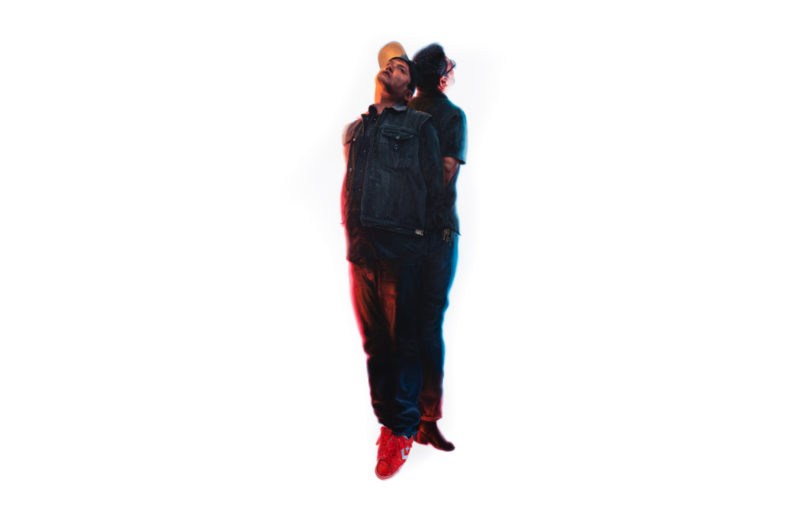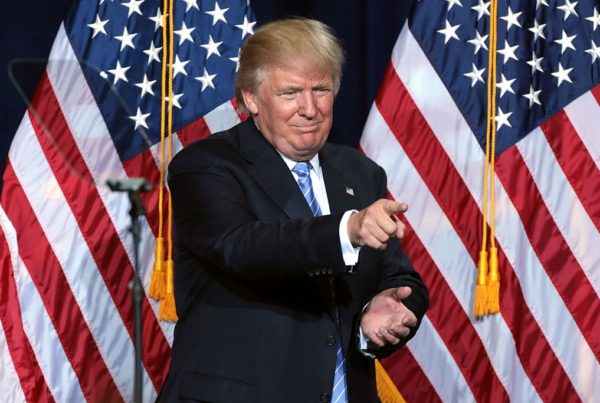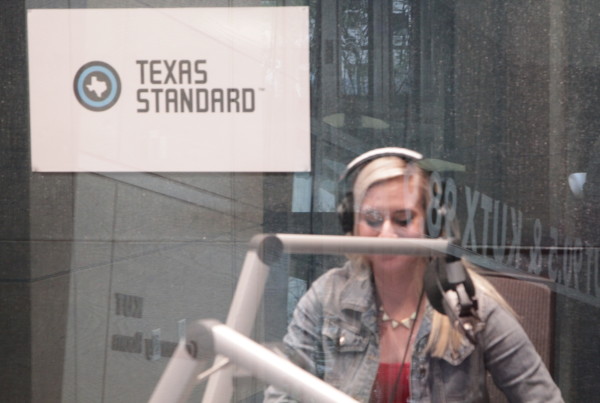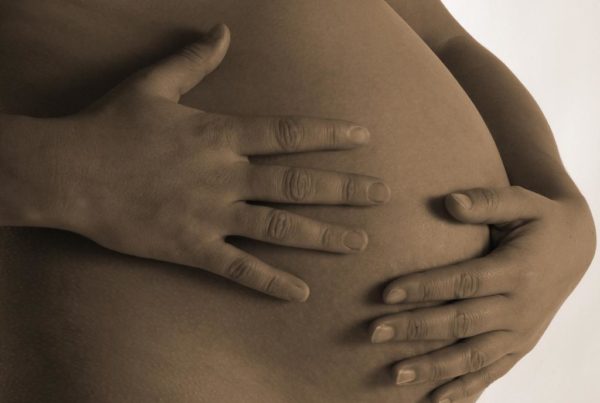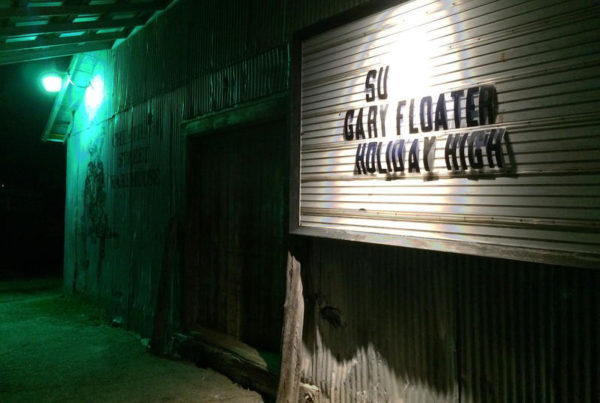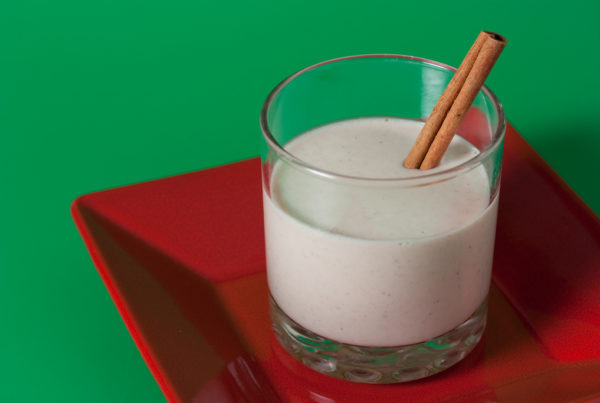The Standard’s news roundup gives you a quick hit of interesting, sometimes irreverent, and breaking news stories from all over the state.
A federal judge has temporarily blocked the new Texas fetal burial rule set to take effect on Monday.
Judge Sam Sparks says the rule can’t be enforced until after hearings are held in early January.
Earlier this week, the Center for Reproductive Rights and others sued the state over the requirement that medical providers cremate or bury remains from miscarriages and abortions.
A new report finds, for the first time in 15 years, that Texas does not lead the nation in executions.
Kristin Houle is with the Texas Coalition to Abolish the Death Penalty which put out the report.
“That dubious distinction went to Georgia, which this year put nine people to death – which is a record in that state.”
The state of Texas put seven people to death in 2016.
This week, San Antonio’s McNay Art Museum acquired a painting from hometown artist Vincent Valdez.
It’s the last work in the artist’s The Strangest Fruit series, which gets its title from the 1937 poem by Abel Meeropol.
But you might know it better as Billie Holiday’s “Strange Fruit.”
Valdez used the poem about the lynching of Black Americans to also talk about an often overlooked part of Mexican American history. Richard Aste is the director of the McNay.
“And that part of the history is the lynching of Mexicans and Mexican Americans in the southern part of the United States from the 1880s through the 1930s, less than a 100 years ago,” Aste says. “And what Vincent does in this series of nine paintings of men suspended from an invisible noose, an invisible rope, is discuss and raise awareness of our past so that we’re not destined to repeat it in the future.”
For his paintings, Valdez drew on postcards and photos of Mexican Americans who had been hanged.
In “The Strangest Fruit 9” – which the museum acquired – two modern-day Latino men are suspended in the middle of a large white background.
Aste says this particular painting is unique in the series because it’s the only horizontal composition.
“It’s the largest in the series and it includes two brothers, two actual brothers as models who were friends with the artist. He was seeking brothers in particular because he was inspired by a postcard of two brothers who had died while being suspended together.”
Aste says this painting accomplishes what museums should: empowering visitors with information and beauty.


